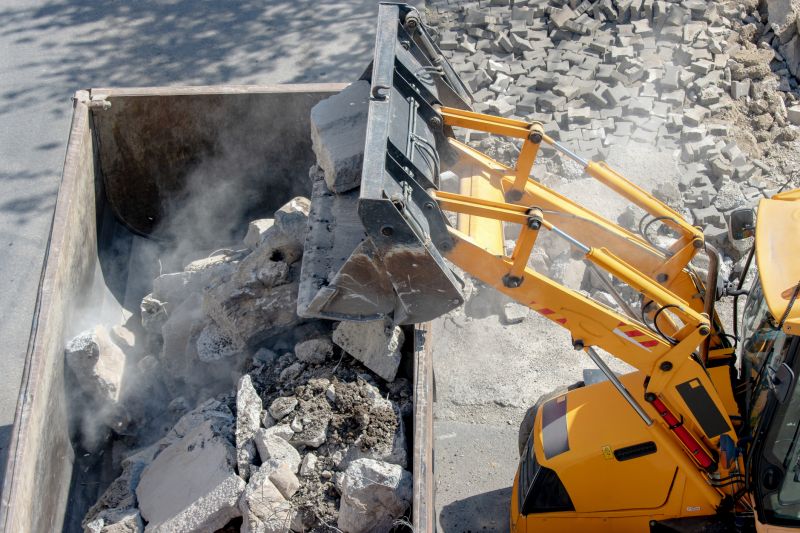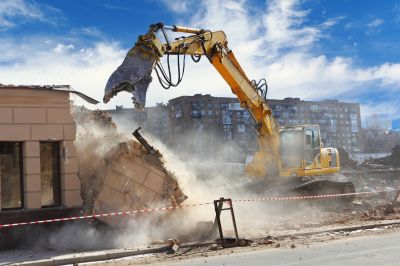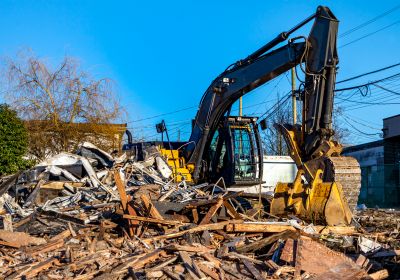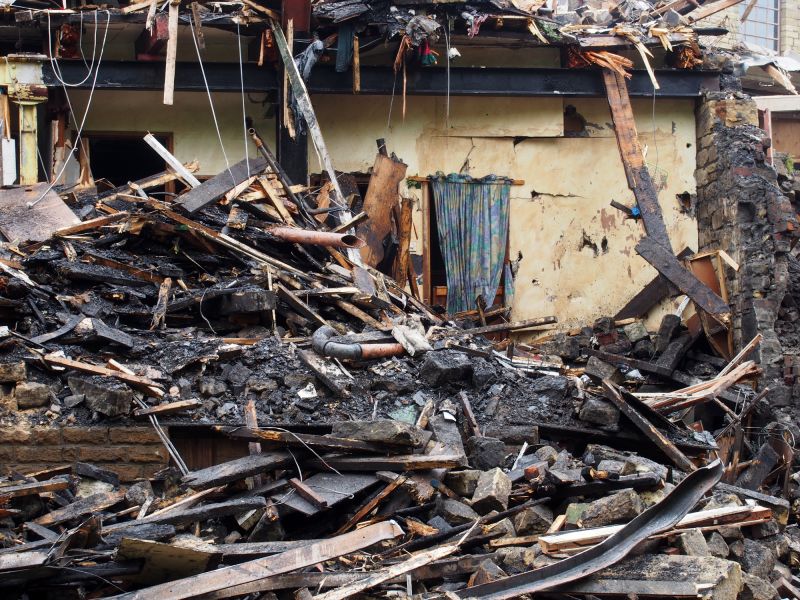Optimal Timing for Demolition Services
Determining the optimal time for demolition service depends on various factors including weather conditions, project scope, and scheduling needs. Typically, mild weather months such as spring and fall are preferred to minimize delays caused by rain or extreme temperatures. Planning during these periods can ensure smoother operations and reduce potential weather-related disruptions.
Demolition projects are best scheduled during dry, moderate weather to ensure safety and efficiency.
Aligning demolition with construction schedules helps avoid delays and overlaps.
Completing permits ahead of time allows for scheduling demolition when approvals are finalized.
Spring and fall typically offer favorable conditions for demolition work.

Ways to make Demolition Service work in tight or awkward layouts.

Popular materials for Demolition Service and why they hold up over time.

Simple add-ons that improve Demolition Service without blowing the budget.

High-end options that actually feel worth it for Demolition Service.

Finishes and colors that play nicely with Demolition Service.

Little measurements that prevent headaches on Demolition Service day.
Demolition services involve systematically dismantling structures to prepare sites for new development or renovation projects. Proper timing ensures safety, compliance, and efficiency, reducing costs and project delays. Accurate scheduling considers weather patterns, permit approvals, and project deadlines, making the planning process crucial for successful demolition operations.
| Factor | Best Timing Advice |
|---|---|
| Weather Conditions | Schedule during dry, moderate months like spring or fall. |
| Permitting Process | Complete permits early to allow flexible scheduling. |
| Construction Phases | Coordinate with construction timelines for seamless transition. |
| Community Impact | Plan during low-traffic periods to minimize disruption. |
| Seasonal Opportunities | Utilize favorable seasons for quicker, safer demolition. |
